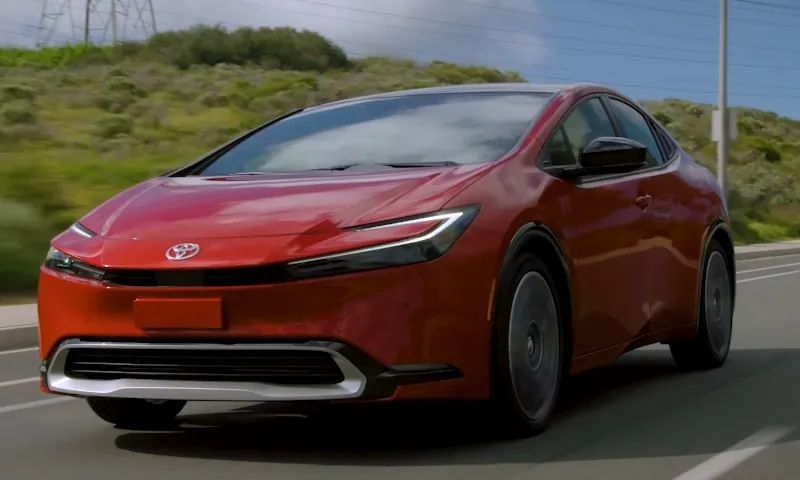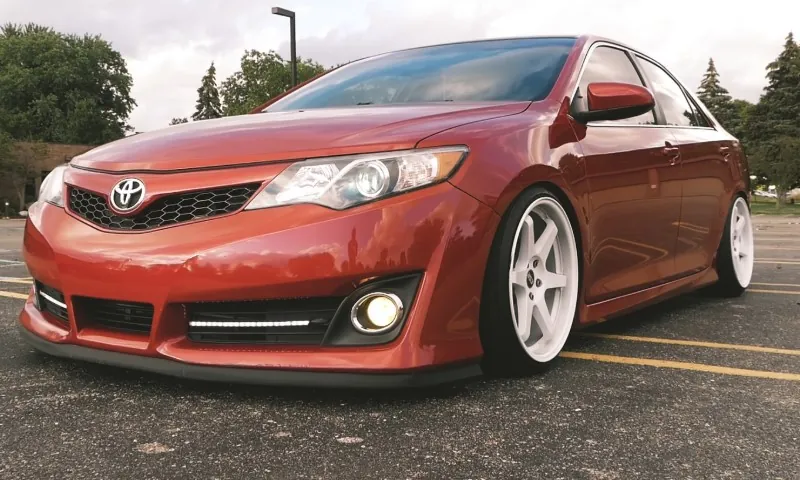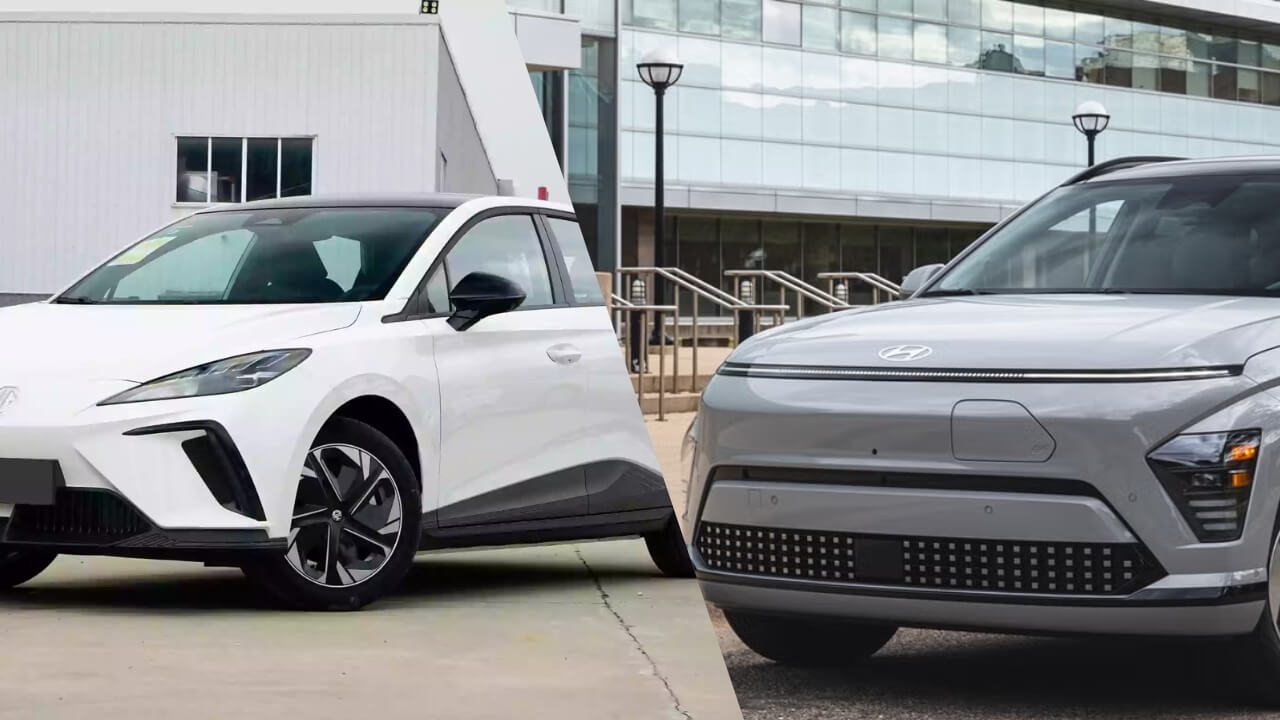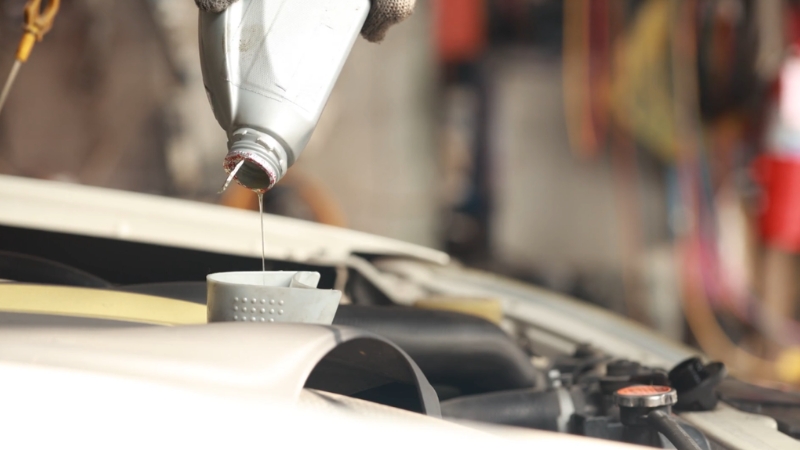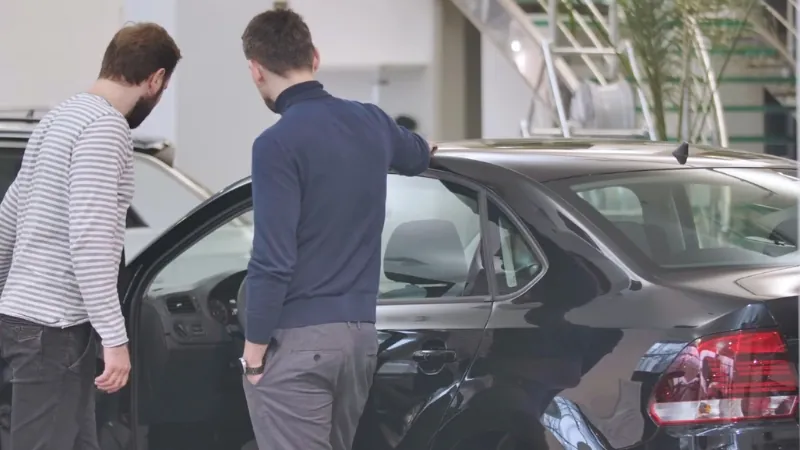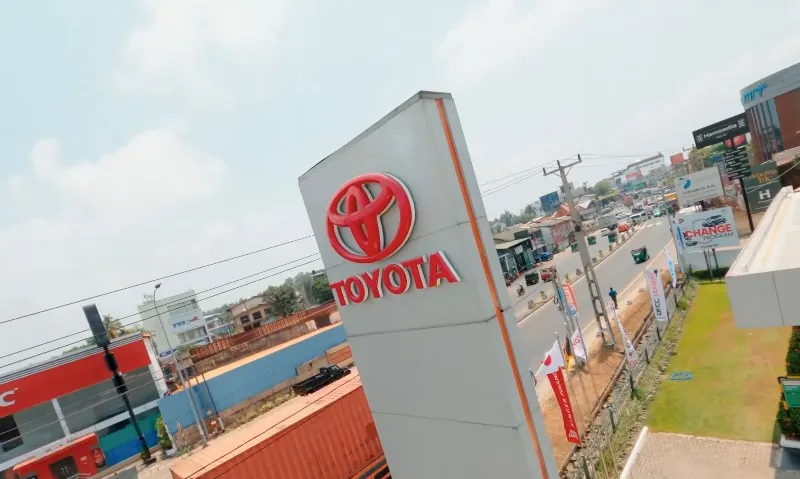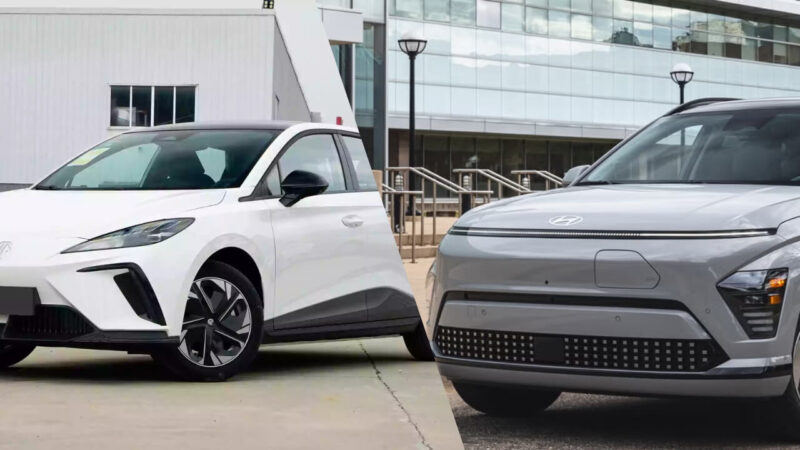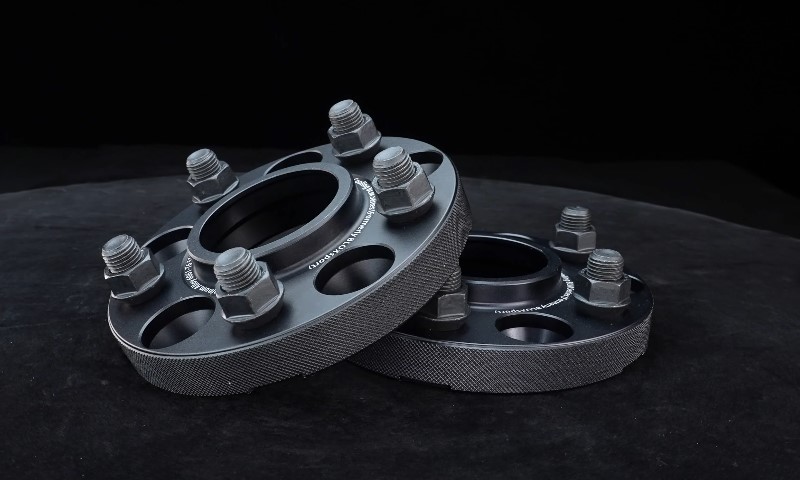
Share Post:
When it comes to fitting new wheels, the 5×120 bolt pattern is one of the most widely used layouts across modern vehicles. It’s a standard pattern in European luxury, North American performance, and even some family-size SUVs.
But it’s also one that trips up many buyers who assume “five bolts on a 120” means a universal fit. It doesn’t.
If you’ve ever shopped for aftermarket wheels and wondered why one 5×120 fits perfectly while another doesn’t even seat correctly, the answer lies in the fine details: center bore size, offset, hardware, and even fraction-of-a-millimeter differences between similar-looking patterns. Let’s go through it piece by piece.
Table of Contents
ToggleKey Highlights
- 5×120 bolt pattern appears on many vehicles, but isn’t universally interchangeable due to bore and offset differences.
- BMW, Tesla Model S/X, Land Rover, GM, Honda, and Acura are the main users of 5×120.
- Always check the center bore, offset, and hardware before swapping wheels.
- Avoid mixing 5×120 with 5×120.65; even slight differences can cause unsafe fitment.
A Quick Look at Bolt Pattern Basics
A 5×120 layout means a wheel has five fasteners positioned evenly around a 120 mm diameter circle .
The bolt circle, or PCD (pitch circle diameter), defines how far apart the wheel bolts are spaced. But the bolt pattern alone doesn’t ensure a fit.
Even if two wheels share the same bolt pattern, they can still differ in:
- Center bore diameter (the hole in the middle that centers the wheel)
- Offset (how far the mounting surface sits from the wheel’s centerline)
- Lug type and thread pitch
Why the Center Bore Matters
The center bore keeps the wheel perfectly aligned on the hub. If it’s too tight, the wheel won’t mount. If it’s too loose, you’ll feel vibration or play unless you use hub-centric rings.
Examples:
- BMW legacy models: 72.56 mm
- Land Rover: around 72.6 mm
- Tesla Model S/X: 64.1 mm
- Honda/Acura large platforms: 64.1 mm
5×120 vs 5×120.65
A common trap hides in the decimal. Some GM vehicles use 5×120.65 , which equals 5×4.75 inches . That’s just 0.65 mm wider across the bolt circle, but it’s enough to cause improper seating.
Hub-centric setups are especially sensitive. Forcing a 5×120 wheel onto a 5×120.65 hub risks vibration, uneven load, and even bolt failure. Always double-check the specs in millimeters or inches and don’t rely on sellers who “round” numbers.
Cars That Use 5×120 by Brand
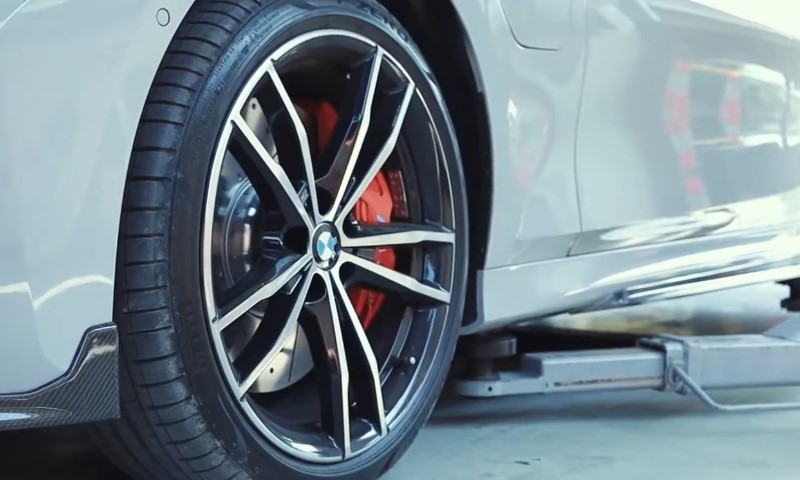
Several major automakers rely on the 5×120 bolt pattern. Here’s how it appears across brands.
BMW
For decades, BMW practically defined the 5×120 standard. Nearly all its passenger cars from the 1980s through the 2010s used it, especially E- and F-chassis models.
Then came the G-chassis redesign, and BMW switched many models to 5×112 with a smaller center bore of 66.6 mm.
Typical 5×120 BMWs Include:
- 3 Series (E36, E46, E90, F30)
- 5 Series (E39, E60, F10)
- 6 and 7 Series up through F-generation
- X3, X5, X6 up to F-chassis SUVs
- M cars based on the above platforms
Center Bore Notes
- Most BMWs: 72.56 mm
- E39: 74.1 mm (unique)
Takeaway: If your car is an E- or F-series BMW, odds are it’s 5×120. If it’s a newer G-chassis, check before buying; those are 5×112.
Tesla Model S and Model X
Both large Teslas use a 5×120 layout, but with a 64.1 mm center bore—smaller than most European cars.
Specs
- Model S: 2012 onward, 5×120
- Model X: 2015 onward, 5×120
- Center bore: 64.1 mm
Tip: Model 3 and Model Y do not share this pattern. They use 5×114.3 instead, which often confuses buyers comparing Tesla wheels online.
Land Rover and Range Rover
Land Rover used 5×120 across many of its modern models. It pairs the same basic PCD with large hub diameters and beefy offset requirements suitable for SUVs.
5×120 Land Rover Models
- Range Rover (L322 and L405)
- Range Rover Sport (Gen 1 and Gen 2)
- Discovery 4 / LR4
Typical center bore: around 72.6 mm
Earlier Range Rovers (Classics and P38 models) used 5×165.1, so confirm your year before ordering.
General Motors
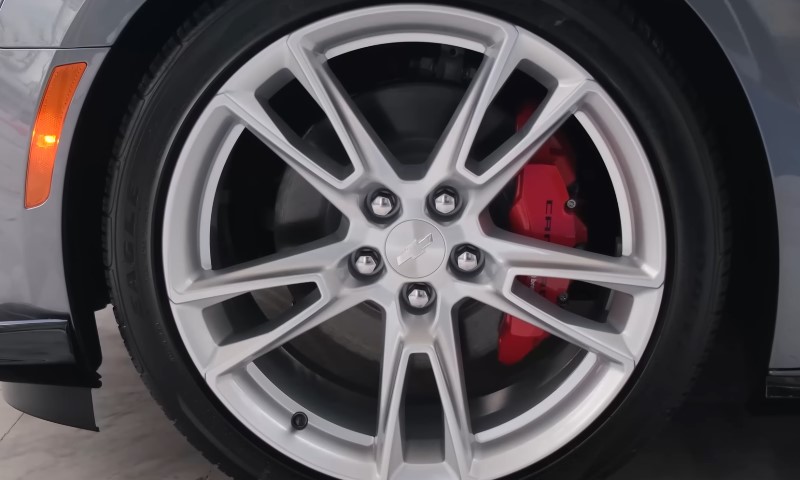
GM’s wheel fitments are where metric meets imperial. You’ll find 5×120 on modern performance cars, but some earlier models use 5×120.65. Always confirm before cross-shopping.
Chevrolet Camaro
- 2010–2022: 5×120 on most trims, unlike Chevy Cruze
- Some listings round 5×120.65 to 5×120—watch for that error.
Cadillac CTS
- Early CTS: 5×115
- Later CTS: 5×120
- CTS-V: typically 5×120
Cadillac CT5 / CT6: 5×120 confirmed for all production years.
Tip: Never assume all GM sedans or coupes share one pattern. Many parts sites mix 5×120 and 5×120.65, which can ruin a set of expensive wheels.
Honda and Acura
Honda and Acura switched some of their large platforms to 5×120 in recent years. It’s the pattern you’ll find on most three-row SUVs and minivans in North America.
Typical 5×120 Honda/Acura Models
- Honda Odyssey: newer generations only
- Honda Pilot: mixed history—check your year
- Acura MDX: 2017 and newer confirmed 5×120
Center bore: 64.1 mm across these platforms.
Fitment note: Older Odyssey and Pilot generations used 5×114.3, so check the VIN year before ordering wheels.
Quick Reference Table
| Brand | Core Models Using 5×120 | Typical Years | Center Bore Notes |
|---|---|---|---|
| BMW | 1, 2, 3, 5, 6, 7 Series (E/F chassis), X3, X5, X6 | up to late 2010s | 72.56 mm typical, E39 74.1 mm |
| Tesla | Model S, Model X | 2012–present (S), 2015–present (X) | 64.1 mm |
| Land Rover | Range Rover L322/L405, Range Rover Sport, Discovery 4 | 2002–2021 | ~72.6 mm |
| Chevrolet | Camaro | 2010–2022 | Confirm 120 vs 120.65 |
| Cadillac | CTS (late), CT5, CT6 | mid-2010s onward | varies by platform |
| Honda | Odyssey, Pilot | recent generations | 64.1 mm |
| Acura | MDX | 2017 onward | 64.1 mm |
Why Center Bore and Hardware Matter
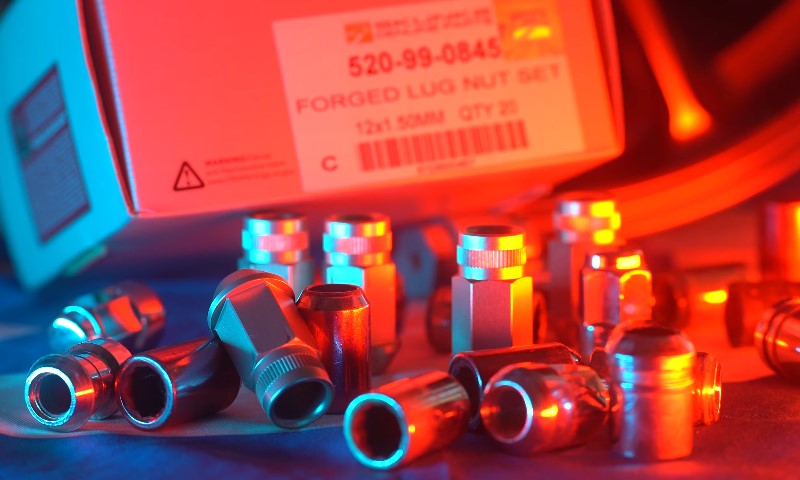
The center bore is the unspoken backbone of wheel fitment. It keeps the wheel true to the hub and prevents vibration at highway speeds. You can adapt a large bore with hub rings, but never force a small one onto a larger hub.
Examples
- BMW E46: 72.56 mm bore
- E39: 74.1 mm (needs rings if swapping E46 wheels)
- Land Rover: ~72.6 mm
- Tesla Model S/X: 64.1 mm
- Honda/Acura SUVs: 64.1 mm
Hardware Details
BMW traditionally uses conical seat bolts , while many other manufacturers use ball seat nuts . Mixing them can cause unsafe seating and torque loss.
BMW Bolt Threads
- Older models: M12x1.5
- Later models: M14x1.25
Always match the seat shape and thread pitch to the vehicle.
Common Fitment Scenarios and Solutions
Real fitment swaps often look simple until you factor in bore size, offset, and hardware differences. Here’s how to handle them correctly.
Swapping Between BMW Models
A BMW F30 3 Series uses 5×120 with a 72.56 mm bore. Wheels from an E39 5 Series have a 74.1 mm bore, so hub-centric rings are needed. Wheels from a newer G-chassis 3 Series won’t fit, as they use 5×112.
Cross-fitting Between Tesla and Acura
A Tesla Model S and an Acura MDX both run 5×120 with a 64.1 mm bore. In theory, they line up, but the offset and load capacity differ sharply.
The MDX wheel is designed for SUV weight; the Tesla’s is tuned for aerodynamic clearance. Swapping them directly isn’t advised.
Camaro Wheels on a Cadillac CTS
Later CTS models use 5×120, but earlier ones use 5×115. If you’re unsure, verify the exact year and confirm that the Camaro wheels aren’t mislabeled 5×120 when they’re actually 5×120.65.
Land Rover Wheel on a Discovery 4
The Discovery 4 uses 5×120. Most Range Rover Sport wheels fit, but always verify the center bore and offset before mounting. SUV brake clearance varies widely.
Practical Checks Before Ordering Wheels
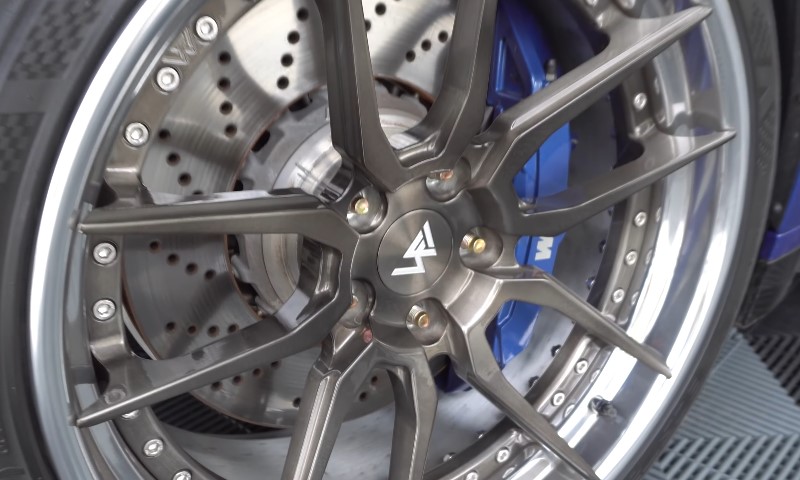
Before buying, run through a short checklist.
1. Bolt Pattern
- Verify your exact pattern from a database linked to your vehicle’s VIN or year.
- Avoid “universal 5-lug” claims; they’re often misleading.
2. Center Bore
- If the wheel’s bore is larger, use hub rings .
- If it’s smaller, it won’t fit.
- Common examples:
- BMW: 72.56 mm
- Land Rover: ~72.6 mm
- Tesla: 64.1 mm
- Honda/Acura: 64.1 mm
3. Offset and Width
- Wrong offset leads to rubbing or suspension interference.
- Match stock offset, then adjust only within safe ranges.
4. Hardware
- Match seat type (conical or ball) and thread pitch.
- Reusing mismatched hardware across brands is unsafe.
5. The 5×120 vs 5×120.65 Trap
- Many sellers blur the difference.
- Demand precise measurement to two decimals (120.00 vs 120.65).
Extended List of Common 5×120 Vehicles
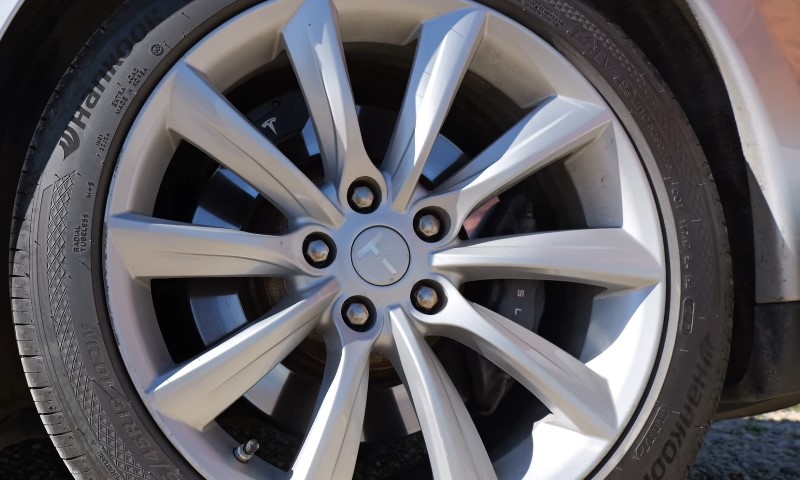
Below is a wider reference of known 5×120-equipped models. Always confirm per year before purchase.
BMW
- E36, E46, E90, F30 3 Series
- E60, F10 5 Series
- E63 6 Series
- E65, F01 7 Series
- E70 X5, E71 X6, early F-series SUVs
Tesla
- Model S (all trims 2012+)
- Model X (2015+)
Land Rover
- Range Rover L322 (2002–2012)
- Range Rover L405 (2013–2021)
- Range Rover Sport (2005–2021)
- Discovery 4 / LR4 (2009–2016)
GM
- Camaro (2010–2022)
- Cadillac CTS (late models)
- Cadillac CT5 / CT6
Honda / Acura
- Odyssey (new generations)
- Pilot (recent)
- MDX (2017+)
Additional Mentions
- Some modern Chinese EVs like Li Auto L8 and Seres 5 are recorded as 5×120.
Always confirm center bore and offset in the vehicle’s specification.
How to Measure Your Own Bolt Pattern
If you’re unsure, you can measure it directly.
- Remove one wheel.
- Measure from the center of one bolt hole to the outer edge of the bolt hole directly across.
- If that distance is about 120 mm, you’re working with a 5×120 layout.
- Verify hub bore diameter using a caliper.
Measuring is especially useful if your car sits on aftermarket hubs or if a previous owner swapped parts.
Fitment Example Walkthrough
Imagine a 2014 BMW 535i owner shopping for new wheels. They find a set from a 2018 Camaro listed as 5×120. In theory, the pattern matches. But:
- BMW center bore: 72.56 mm
- Camaro center bore: 66.9 mm
- Offset differences: significant
- Lug type: different seat design
Mounting those Camaro wheels without adapters would be impossible. That’s how subtle differences derail what looks like a perfect fit online.
Wheel Terminology Quick Reference
| Term | Meaning | Example |
|---|---|---|
| PCD (Pitch Circle Diameter) | Distance between bolt holes on circle | 5×120 = 5 bolts on 120 mm circle |
| Center Bore | Hole that centers the wheel on hub | BMW 72.56 mm |
| Offset (ET) | Distance from wheel’s mounting face to centerline | +35 ET common for sedans |
| Hub-Centric Ring | Spacer that fills gap between hub and wheel bore | 74.1 to 72.56 adapter |
| Seat Type | Shape of lug contact surface | Conical or ball |
| Thread Pitch | Bolt thread spacing | M12x1.5, M14x1.25 |
Why You Can’t “Force Fit” Wheels
A wheel fitment error isn’t cosmetic, but structural. An incorrect bore or offset can cause vibration, uneven torque, or even wheel loss.
If a fit seems “close enough,” it isn’t. Modern cars are hub-centric, not lug-centric, meaning the hub carries the load. Bolts only hold it in place.
Adapters and spacers can work safely if chosen correctly. Always pick hub-centric adapters that match both PCD and bore precisely.
The Takeaway
5×120 covers a wide range of vehicles, from BMW sedans and SUVs, to Tesla’s flagships, to Honda’s family haulers. But even within that pattern, there’s no single “universal fit.”
Before buying wheels:
- Confirm your PCD , center bore , and offset .
- Match your hardware type and thread pitch .
- Avoid 5×120.65 confusion on GM vehicles.
- Check manufacturer fitment tables for your model year.
It only takes a few minutes to verify and can save you hundreds of dollars in returns or worse, a safety issue on the road.



